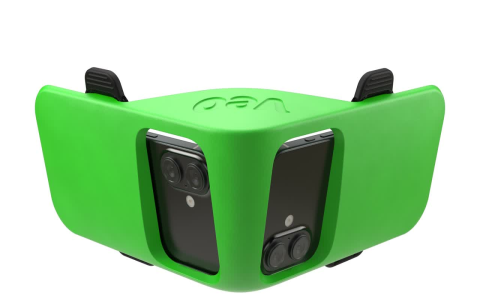In the age of data-driven athletics, a smart sports video recording system is no longer a luxury—it is the competitive edge. From weekend academies to professional arenas, coaches and athletes demand instant, multi-angle footage that reveals the invisible: micro-gestures, split-second decisions, and biomechanical inefficiencies that decide wins and losses. Modern systems answer with 4K/8K cameras, AI auto-tracking, cloud stitching, and real-time analytics, turning raw video into actionable insight within seconds of the final whistle.
At the heart of the technology lies edge AI. A neural network trained on millions of athlete frames recognizes jersey numbers, body joints, and ball trajectories without human tagging. Once a player enters the field, the system locks on, automatically switching between wide, tactical, and iso views. If the ball is punted 60 yards downfield, gyro-stabilized PTZ cameras pan at 400°/s, keeping play in frame while optical zoom preserves 300 ppi resolution on the striker’s plant foot. The result is broadcast-quality footage generated without a camera crew.
Storage and access are equally revolutionary. 5 GHz Wi-Fi 6E and mmWave backhaul upload encrypted segments to an elastic cloud cluster. There, a distributed renderer stitches angles into a single panoramic timeline, while computer-vision microservices extract KPIs—top sprint speed, jump height, shot velocity, defensive heat maps—and push them to a mobile dashboard. A coach rewinds to the 23rd minute, taps a player icon, and sees skeletal overlay comparing today’s knee valgus angle to last month’s baseline, all before the athlete leaves the pitch.
The ecosystem scales from a single end-zone unit to 360° immersive domes. Portable “video pillars” weighing under 15 kg integrate battery, compute, and LTE modem; two volunteers can install an entire setup in 12 minutes, making elite-grade recording affordable for high-school tournaments. On the other end, permanent installations in mega-stadiums link 120 cameras via fiber, generating volumetric captures that feed augmented-reality broadcasts and virtual coaching apps.
Privacy and compliance are engineered in, not bolted on. Biometric blur options anonymize non-consenting athletes; GDPR and COPPA toolkits allow automatic erasure after a configurable retention window. Blockchain anchoring creates tamper-evident hashes for each clip, ensuring footage presented to officials or recruiters is forensically verifiable.
Early adopters report measurable ROI. A NCAA Division II soccer program cut injury rates 28 % after analysts identified asymmetrical landing patterns. A professional basketball team increased corner-three percentage by 6 % within a season by studying close-out angles frame-by-frame. Meanwhile, youth academies monetize their archives, offering skill-verification clips to scouts for a micro-fee, creating a new revenue stream that funds scholarships.
Looking forward, federations are experimenting with live biometric overlays—heart-rate curves and glucose levels superimposed on video—while developers port the stack to AR glasses so referees can instant-replay fouls from their own point of view. As generative AI matures, expect automated highlight reels narrated by synthetic voices in any language, translated stats burned into captions, and personalized training videos delivered before the athlete reaches the locker room.
In short, the sports video recording system has evolved from passive camcorder to intelligent teammate. It sees faster, remembers longer, and analyzes deeper than any human, giving every player the superpower of hindsight in real time.





































